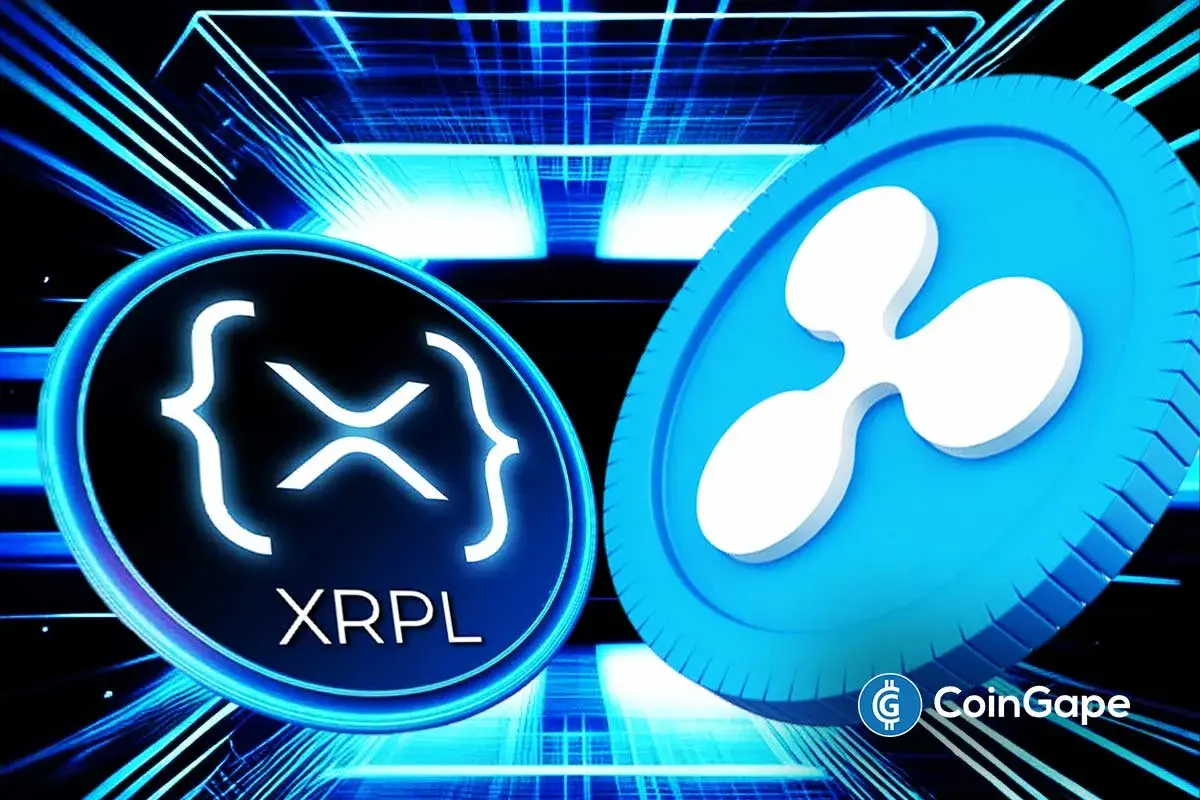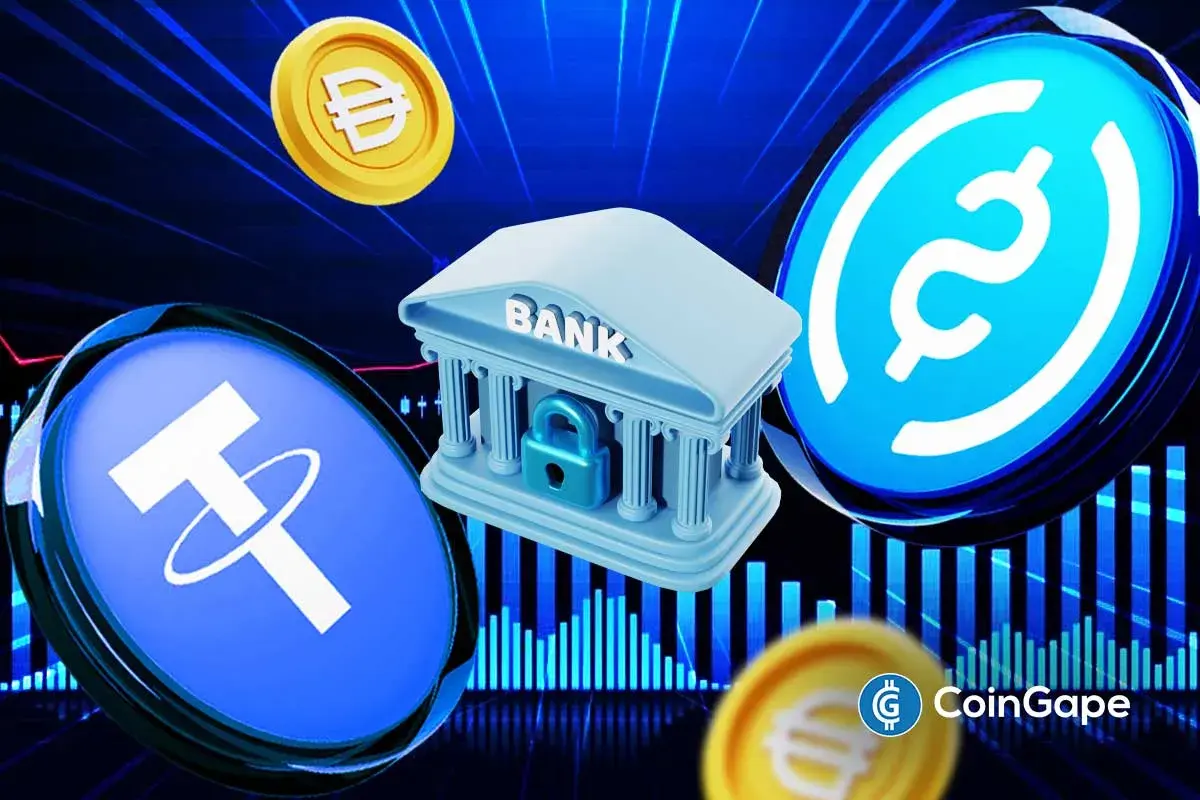Vitalik Buterin Says Ethereum Layer 3s Don’t Magically Improve Performance

Highlights
- Layer 3 help to mitigate costs with batch publishing and deposits.
- Layer 3 offer customized functionality like privacy but don't improve overall scalability.
- L3 solutions cater to weakly-trusted scaling, exemplified by validiums.
Recently, a lot of discussion around the Layer 3 solutions has been gathering steam with some of the top industry players joining the debate. Last Sunday, Polygon Labs CEO Marc Boiron stated that Layer 3 solutions aren’t essential for scalability and fail to add much value to the Ethereum ecosystem. Now, Ethereum co-founder Vitalik Buterin also shares a similar view in this regard.
Ethereum Layer 3s Don’t Improve Throughput Considerably
Vitalik Buterin stated that Layer 3 solutions do not inherently enhance throughput to a significant degree, but they can help mitigate certain fixed costs associated with batch publishing and deposits/withdrawals.
Buterin shared his previous blog post dating back to September 2022 that explains three different versions of Layer 3s and their importance within the Ethereum ecosystem. He noted:
- Layer 2 (L2) solutions are primarily for general scaling purposes, focusing on enhancing the overall scalability of applications. On the other hand, Layer 3 (L3) solutions provide customized functionality, such as privacy features. The approach here isn’t about achieving “scalability squared,” but rather, it involves one layer of the stack dedicated to scaling applications, with separate layers addressing the specific functional needs of different use cases.
- L2 facilitates general-purpose scaling, while L3 offers tailored scaling solutions. Customized scaling can manifest in various forms, including specialized applications utilizing computation methods other than the Ethereum Virtual Machine (EVM), or rollups optimizing data compression for specific applications by separating data from proofs and potentially replacing proofs with a single SNARK per block.
- Moreover, L2 solutions focus on trustless scaling, predominantly through rollups, while L3 solutions cater to weakly-trusted scaling, exemplified by validiums. Validiums employ SNARKs for computation verification but delegate data availability to a trusted third party or committee. Despite their lower security grade compared to rollups, validiums offer cost-effective scalability solutions, making them particularly suitable for certain applications, such as enterprise blockchains.
Buterin further added that “there are other, potentially “lighter”, ways to get the same cost savings that you get from L3s”.
- Breaking: Rep. Max Miller Unveils Crypto Tax Bill, Includes De Minimis Rules for Stablecoins
- XRP Holders Eye ‘Institutional Grade Yield’ as Ripple Engineer Details Upcoming XRPL Lending Protocol
- Michael Saylor Sparks Debate Over Bitcoin’s Quantum Risk as Bitcoiners Dismiss It as ‘FUD’
- Ethereum Faces Selling Pressure as BitMEX Co-Founder Rotates $2M Into DeFi Tokens
- Best Crypto Casinos in Germany 2025
- Will Solana Price Hit $150 as Mangocueticals Partners With Cube Group on $100M SOL Treasury?
- SUI Price Forecast After Bitwise Filed for SUI ETF With U.S. SEC – Is $3 Next?
- Bitcoin Price Alarming Pattern Points to a Dip to $80k as $2.7b Options Expires Today
- Dogecoin Price Prediction Points to $0.20 Rebound as Coinbase Launches Regulated DOGE Futures
- Pi Coin Price Prediction as Expert Warns Bitcoin May Hit $70k After BoJ Rate Hike
- Cardano Price Outlook: Will the NIGHT Token Demand Surge Trigger a Rebound?

 Claim $500
Claim $500














